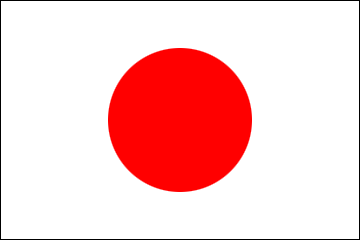Site visit to Rusumo OSBP and Rwamagana Irrigation Improvement Project in Kirehe District
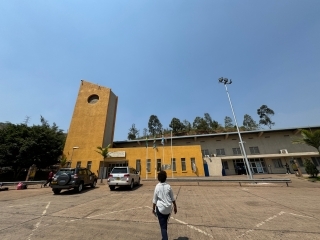 Border facilities (in Kihere district)
Border facilities (in Kihere district)
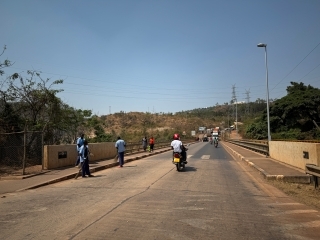 International bridge
International bridge
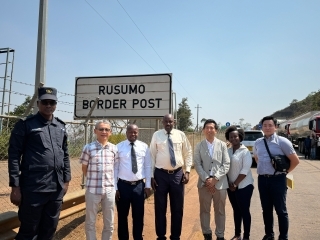 Group photo
Group photo
The Project for Construction of Rusumo International Bridge and One Stop Border Post Facilities (Grant Aid)
The Rusumo International Bridge on the border between Rwanda and Tanzania is an important point for exchange of persons and goods. However, the narrow single lane of the old bridge has not been able to cope with the increase in traffic due to trade expansion, and the complicated border crossing procedures have been a barrier to facilitating logistics.
This project supported the replacement of the old Rusumo International Bridge and the construction of facilities to expedite smooth border crossing procedures between the two countries. The construction has been completed in 2014. As a result, axle weights (from 8 to 20 tons) and speed restrictions (from 5 to 30 km) for vehicles passing through the Rusumo border have been eased, shortening the time required for border crossing procedures, reducing transportation costs between the two countries, and contributing to increased trade and investment.
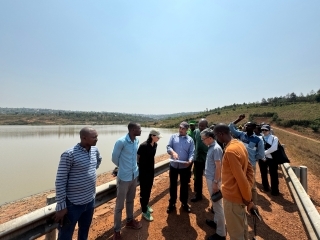 Explanation by JICA expert by the resevoir
Explanation by JICA expert by the resevoir
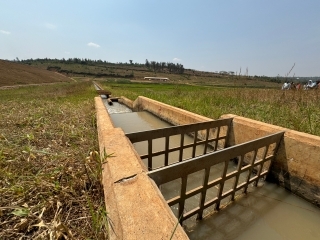 Rehabilitated canals
Rehabilitated canals
In Rwanda, rain-fed agriculture accounts for the majority of agriculture, which is vulnerable to climate change. In Rwamagana District in the Eastern Province, which is considered as an ideal site for paddy rice cultivation, irrigation facilities have been used since the 1980s, but their functions have deteriorated due to aging facilities. In this project which has been completed in 2020, existing low marshland irrigation facilities were renovated (rehabilitation of reservoirs, irrigation canals, ancillary facilities, and administrative roads), thereby restoring and improving irrigation functions and contributing to agricultural development in the country.
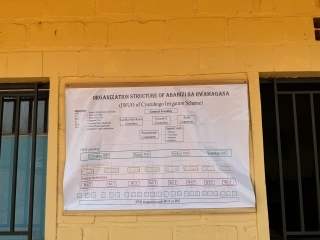 Organisational structure
Organisational structure
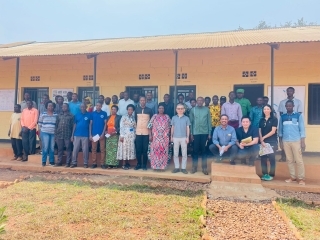 Group photo
Group photo
Although it was necessary to transfer the task of the maintenance and management of irrigation facilities from the government to farmer-led Irrigation Water Users Organization (IWUO), along with the abovementioned rehabilitation of irrigation facilities, the administrative procedures for transfer and the registration system for IWUOs were not sufficiently developed, and the Water Users' Union Support Unit, which provides technical support for strengthening IWUOs' operational capacity, lacked technical knowledge and experience. This project is planned for 2019~2024 to support the improvement of management capacity of IWUO by establishing and institutionalizing the implementation procedures for irrigation management transfer and the support system for IWUOs in the target areas.
